< 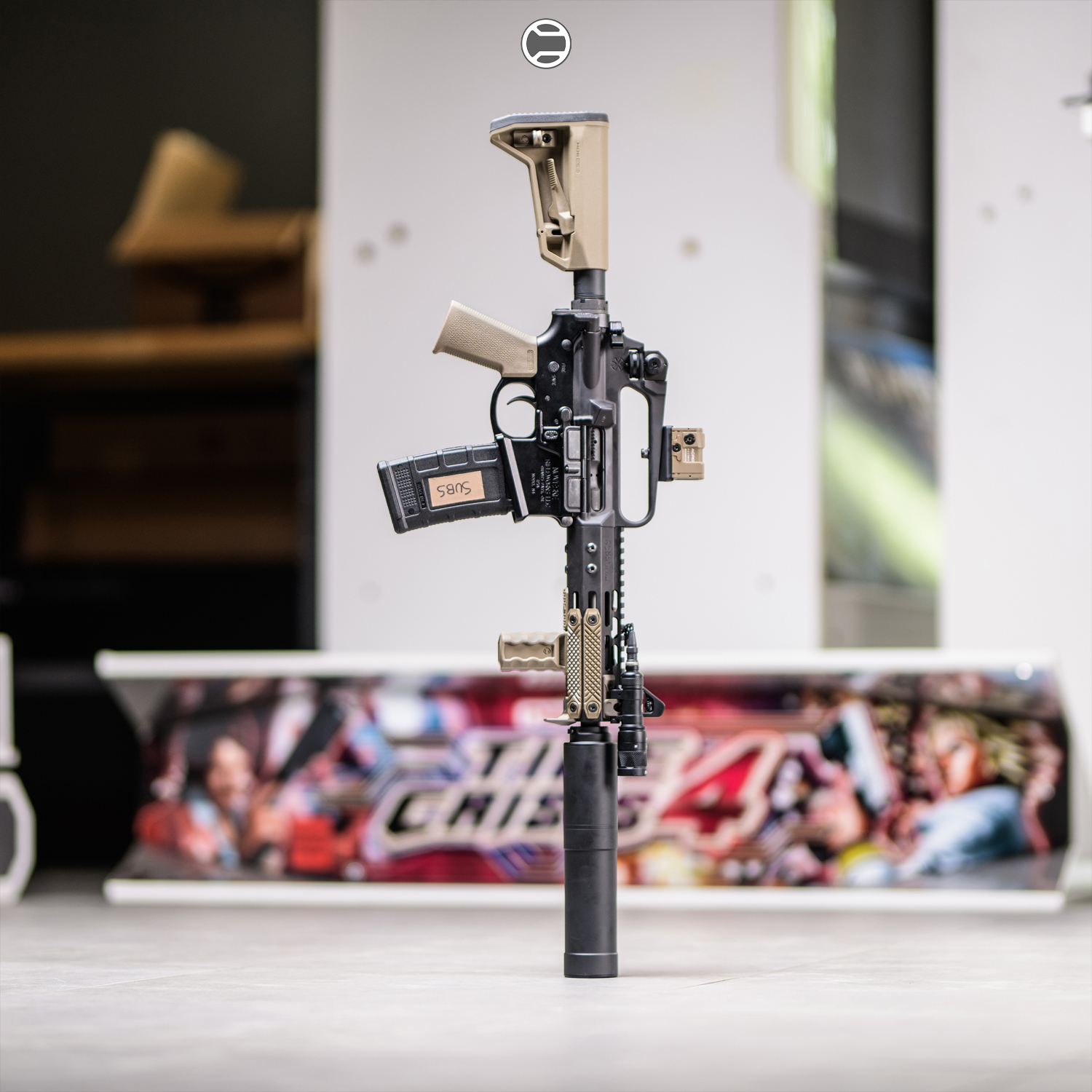
When browsing the endless array of AR-15 parts and accessories online, it’s common to see labels like “Made in USA” and “Assembled in USA” plastered across product pages. But what do these terms actually mean—and why should you care?
For the average shooter, the distinction might seem minor. However, for those who prioritize performance, durability, and ethical manufacturing practices—especially within the 2A community—understanding this difference is essential. Let's unpack the value behind domestic manufacturing, what to watch for, and how companies like RailScales uphold these standards for AR accessories in 2025. Learn more about American Made AR Parts vs Assembled in USA now.
The Definitions: “Made in USA” vs “Assembled in USA”
Made in the USA
The Federal Trade Commission (FTC) defines this label strictly. A product can be labeled “Made in USA” only if:
• All or virtually all of it is made in the United States.
• This includes the sourcing of raw materials, the machining of components, and the final assembly.
• Even fasteners, packaging, and internal hardware must be domestic in origin.
This is the gold standard—when a company claims “Made in USA,” it’s stating that your hard-earned dollars are supporting American workers, infrastructure, and values every step of the way.
Assembled in the USA
This term means the final product is put together on U.S. soil, but some or all components may have been manufactured overseas. For example:
• Polymer scales molded overseas and attached to imported screws.
• Foreign steel being machined into a handstop locally.
• Final packaging occurring in the U.S., despite imported core materials.
While this practice is legal and sometimes cost-effective, it doesn’t reflect the same level of domestic investment or control over quality standards.
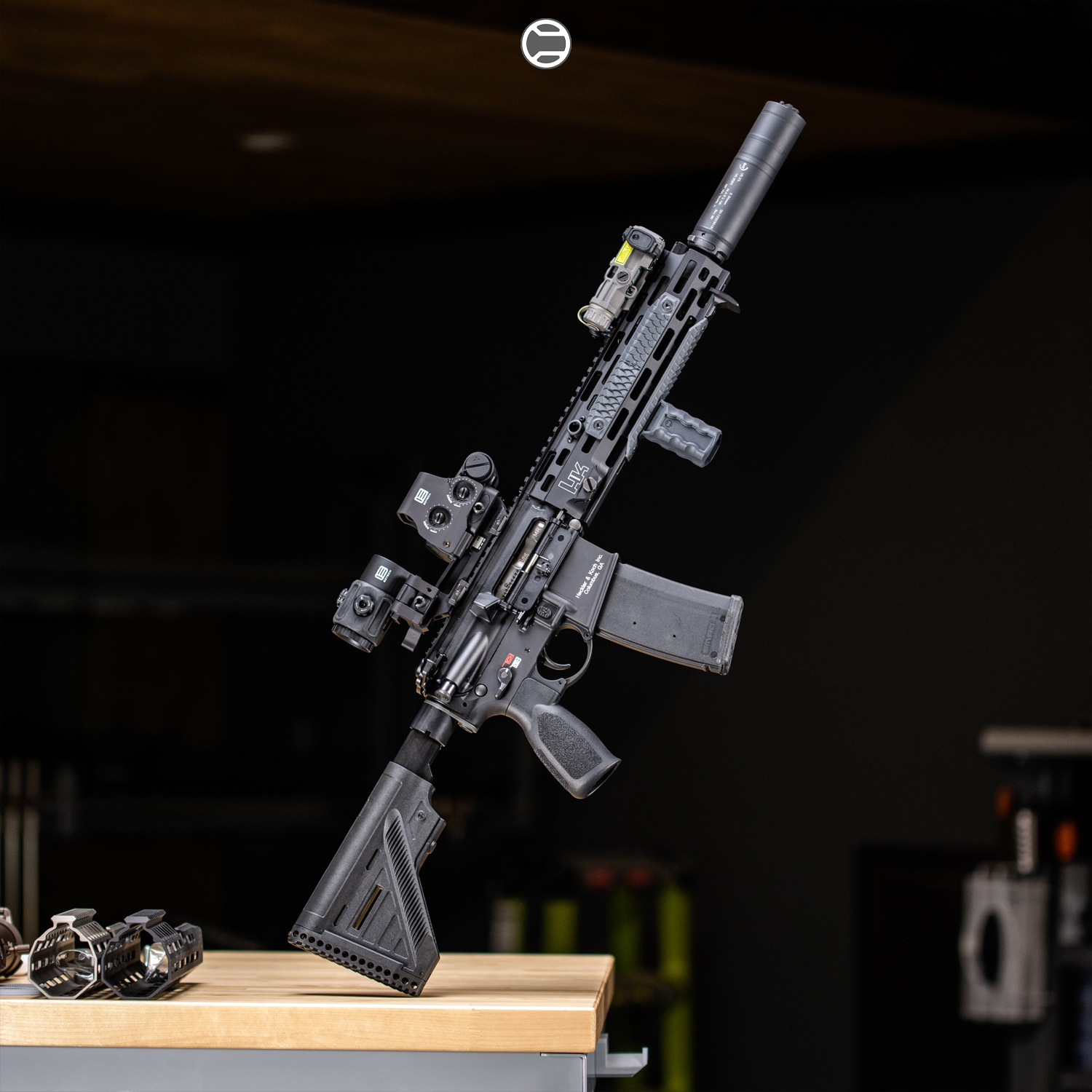
Why It Matters to the 2A Community
The AR-15 isn’t just a firearm—it’s a symbol of American independence, innovation, and civilian ownership of military-grade tools. As such, many within the 2A community place a premium on self-reliance, domestic labor, and American industry. Here’s why that matters:
• National Security: Domestic supply chains prevent foreign reliance for critical parts.
• Job Creation: Supporting true U.S. manufacturers fuels skilled labor and small businesses.
• Quality Control: U.S. production often means tighter tolerances, better inspection, and more robust warranty support.
• Consistency: No surprise substitutions with foreign alloys, plastics, or coatings that may fail under stress.
By investing in American-made AR accessories, you’re not just buying gear—you’re reinforcing the very freedoms the 2nd Amendment protects.
RailScales: Proudly Made in the USA
At RailScales, we don’t just say “Made in the USA” because it sounds good—we live it. Every single product we sell is proudly designed, engineered, machined, and packaged in the United States using U.S.-sourced materials and hardware. We are an American Made AR accessory company!
That includes:
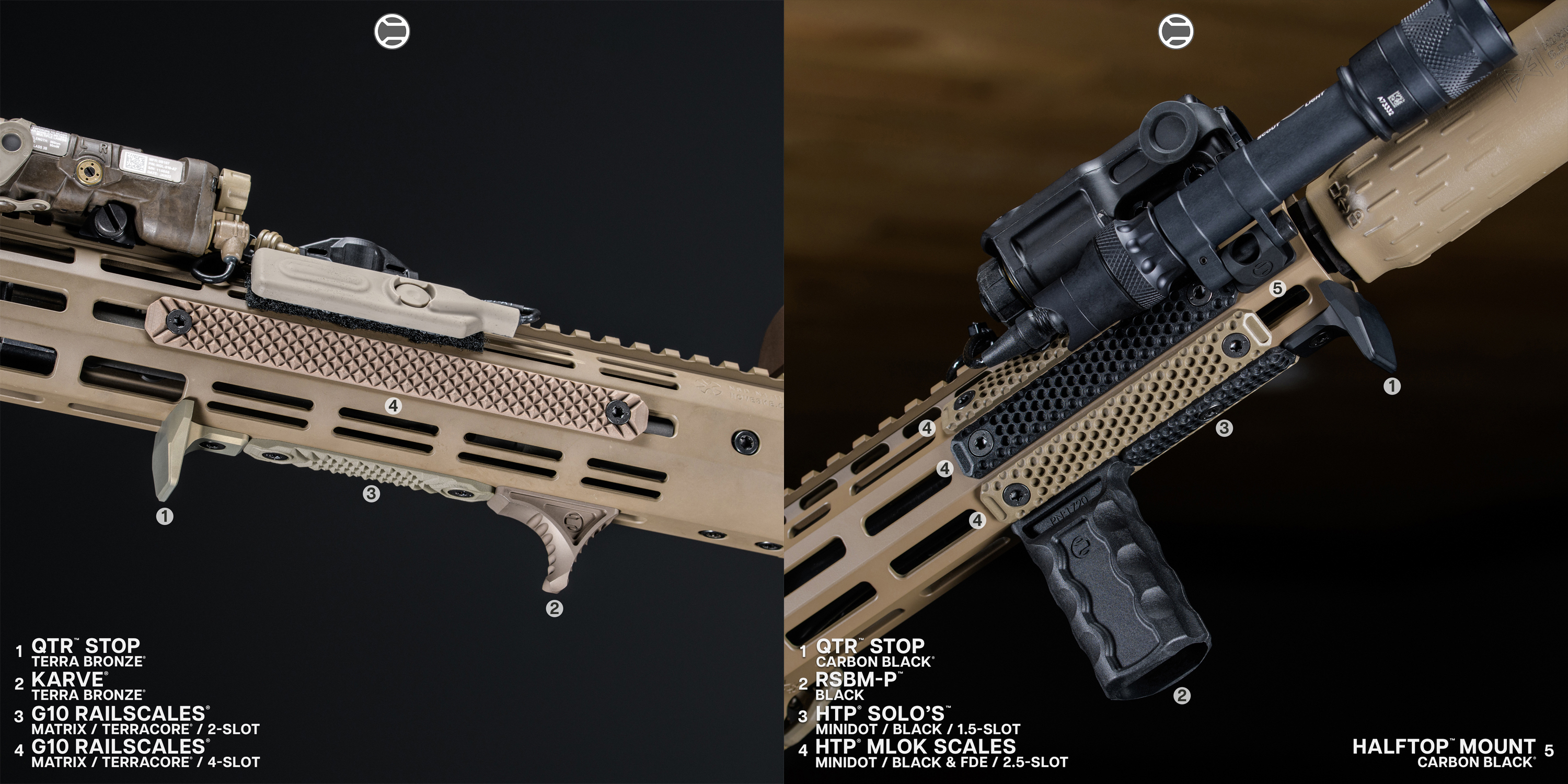
• G10 and HTP® Rail Covers – Machined or molded rail covers in-house.
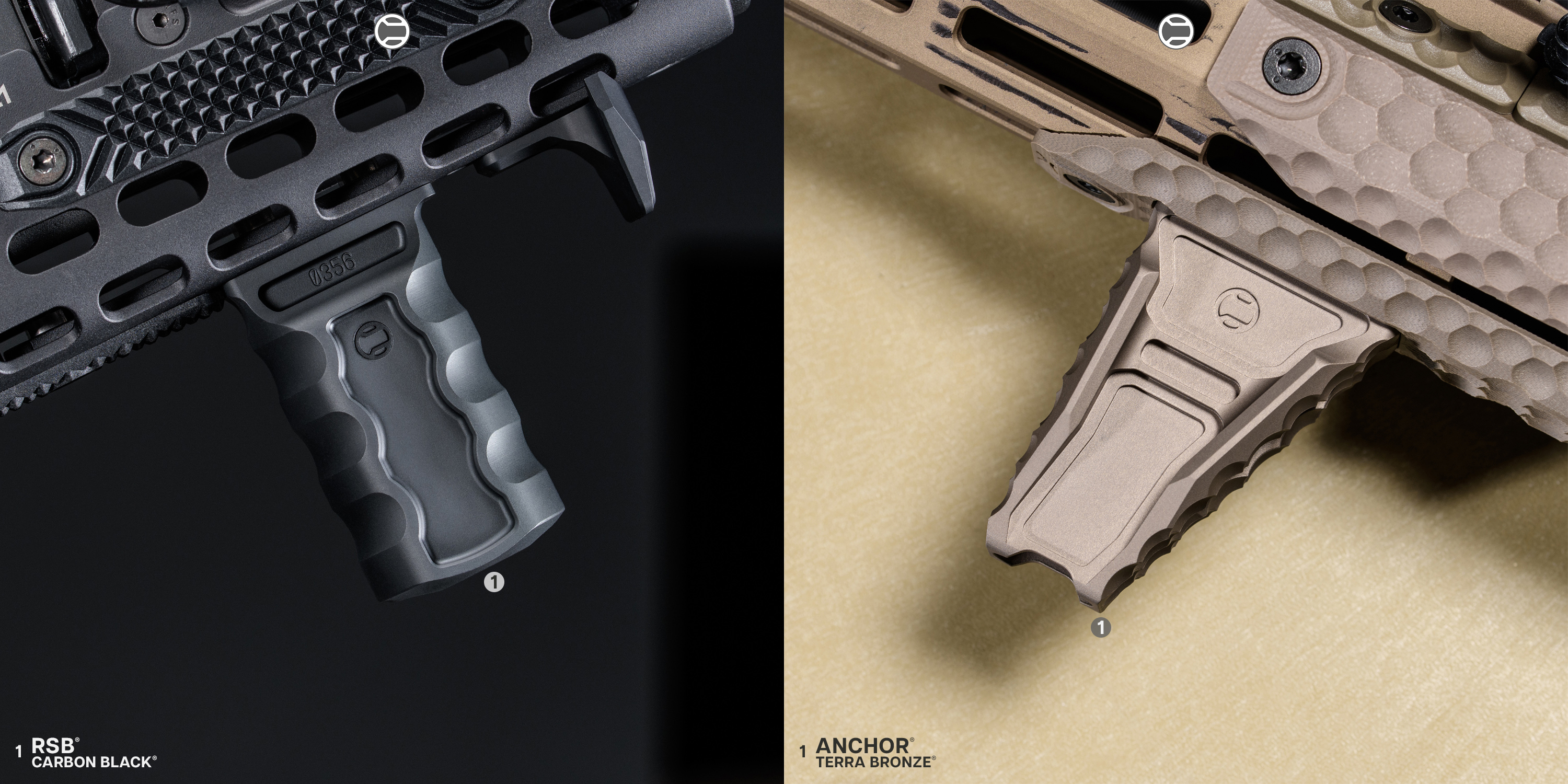
• Vertical Grips like the RSB® and Anchor® – CNC’d from U.S.-grade aluminum.
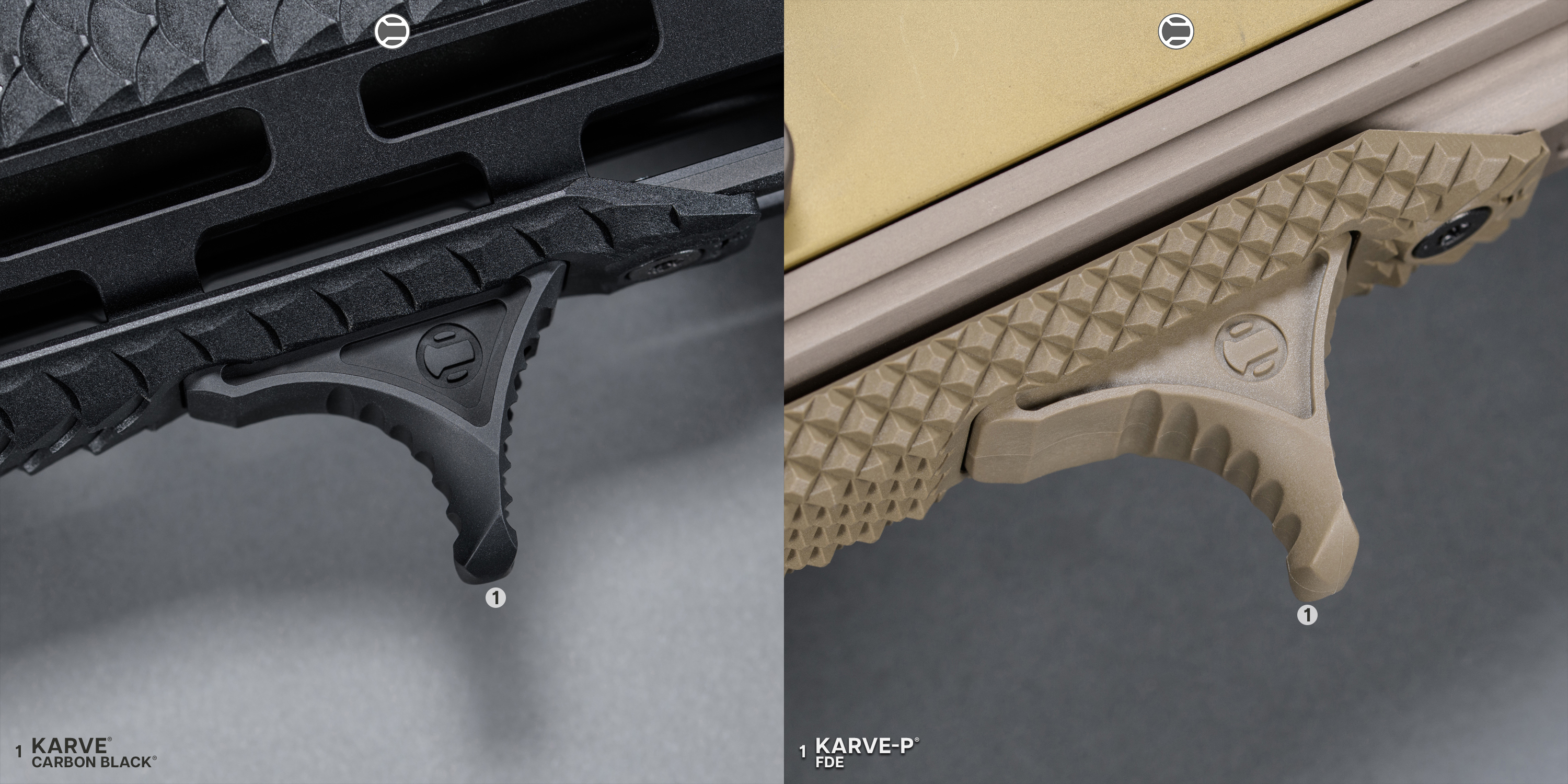
• Karve® & Karve-P® Handstops – Precision-built and ready for hard use.
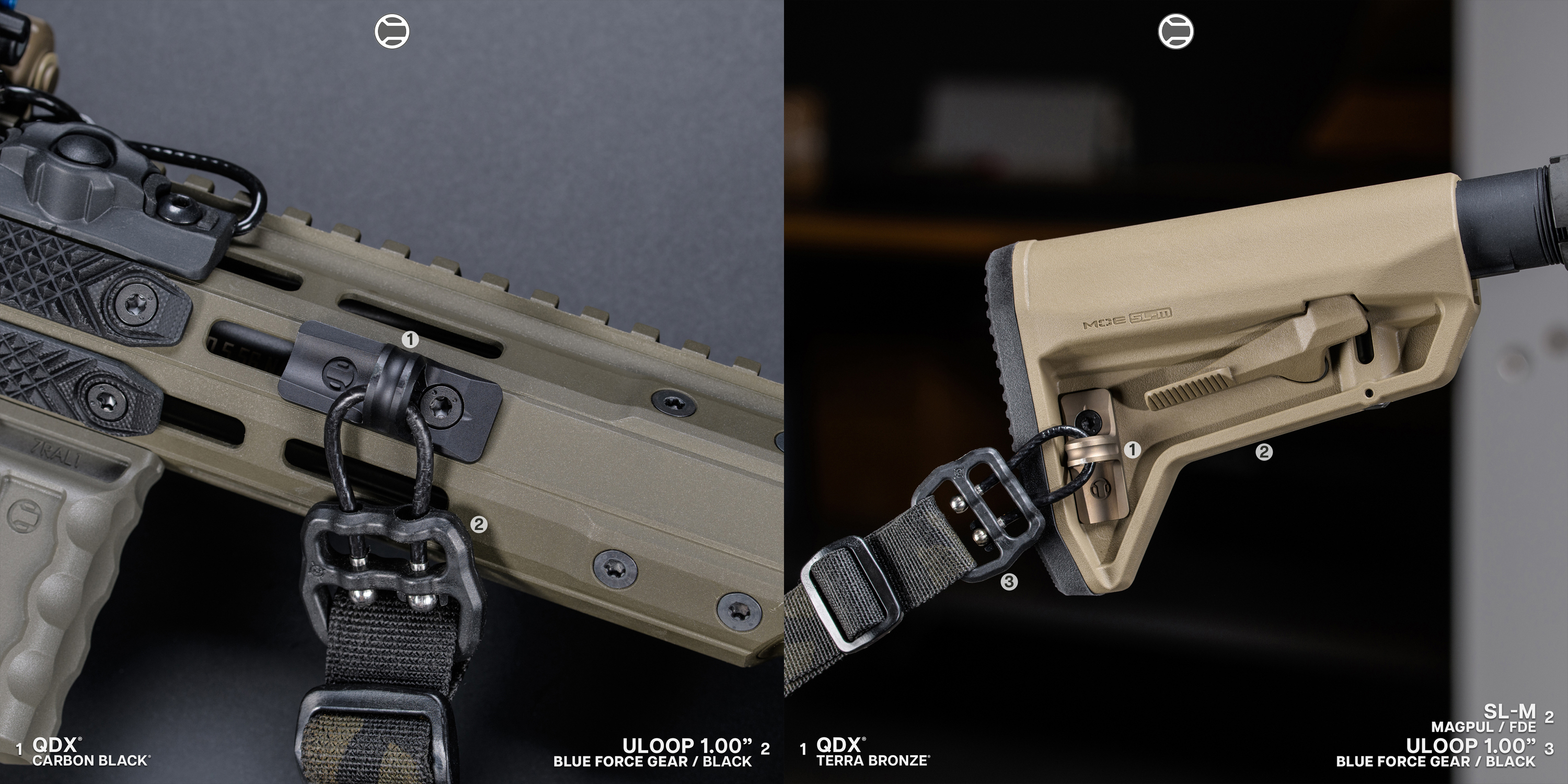
• QDX® M-LOK Sling Mount – Made from aerospace-grade 7075-T6 aluminum, sourced and milled in the U.S.
Even our fasteners—like our 416 stainless steel M-LOK hardware—are American-made.
The Red Flags: When "American-Made" Isn't
If you're serious about supporting American manufacturing, watch out for these marketing tricks:
• “Designed in USA” – Often used for products built entirely overseas.
• “Made with domestic and imported components” – Usually indicates partial outsourcing.
• Vague wording like “USA-Based Company” – Does not confirm the product is made here.
If it doesn't clearly state “Made in USA” with FTC-compliant verification, assume otherwise. Transparency matters.
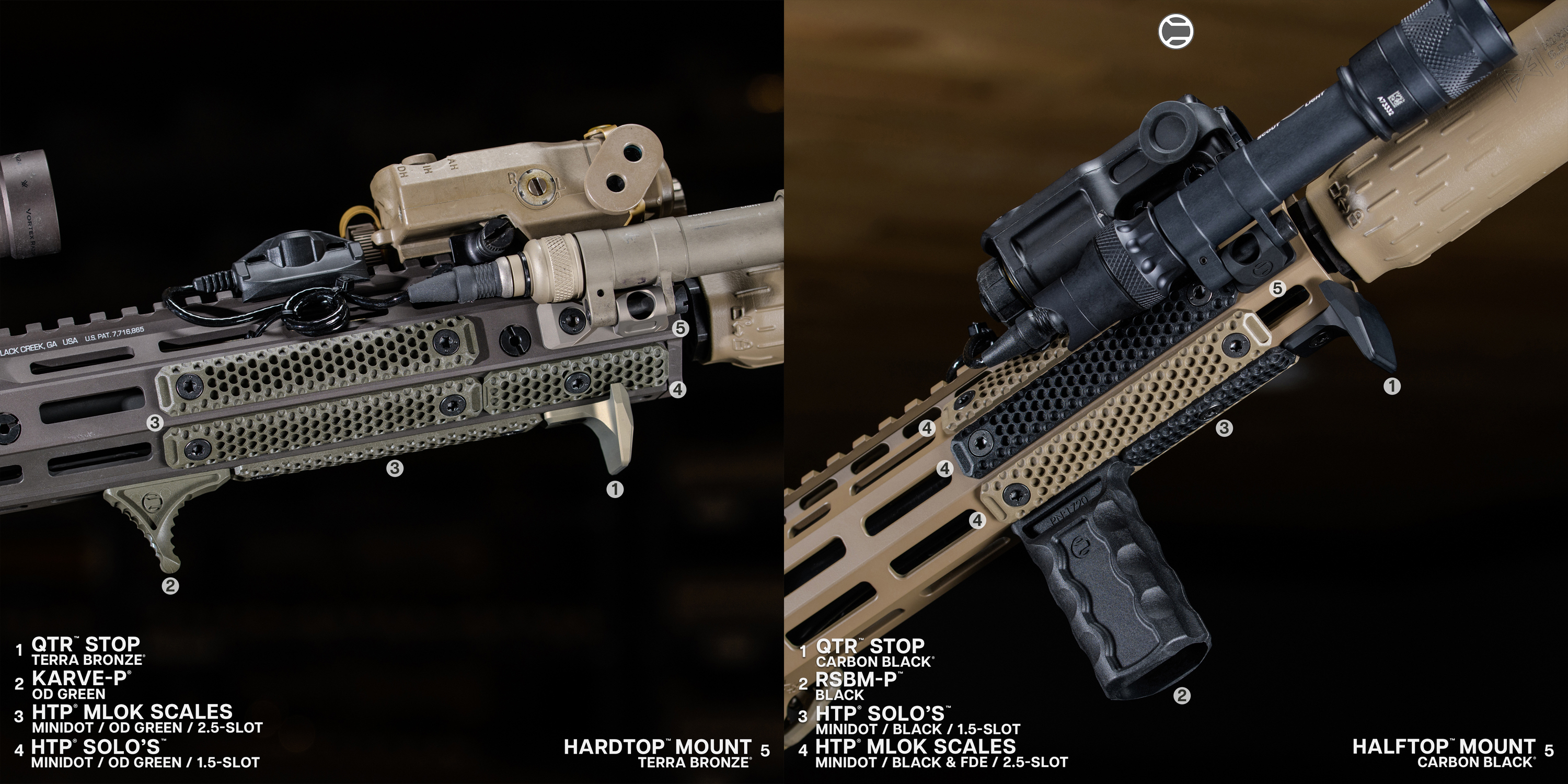
FAQ: Buying American-Made AR Accessories
Q: Are American-made accessories worth the higher price?
A: In most cases, yes. You’re investing in superior materials, tighter tolerances, better warranties, and ethical labor practices.
Q: Can companies legally mislead customers with the term “Made in USA”?
A: The FTC monitors claims, but enforcement can lag. Always look for supporting statements about where materials are sourced and where machining occurs.
Q: What’s the benefit of U.S.-made fasteners and hardware?
A: Foreign fasteners are more likely to strip, seize, or fail under recoil. U.S.-made screws and T-nuts are hardened to last.
Q: Do RailScales products use any foreign materials?
A: No. Every aspect of our products—from the G10, polymers, fasteners, and packaging—is 100% U.S.-sourced and made.
Q: Why does this matter in the 2A community?
A: Supporting American manufacturing strengthens our domestic defense ecosystem and aligns with the self-sufficiency values of firearm ownership.
Final Thoughts: Vote With Your Dollar
Not all “Made in USA” claims are created equal. But when you find a company that stands behind it—transparently and consistently—it’s worth your support. At RailScales, we believe in backing our nation’s heritage with real, American-made innovation that performs under pressure.
Whether you're outfitting a home defense carbine or dialing in a duty-ready SBR, trust accessories that are born from American grit. Your rifle—and your country—deserve nothing less.
Shop American. Stay American. Choose RailScales.
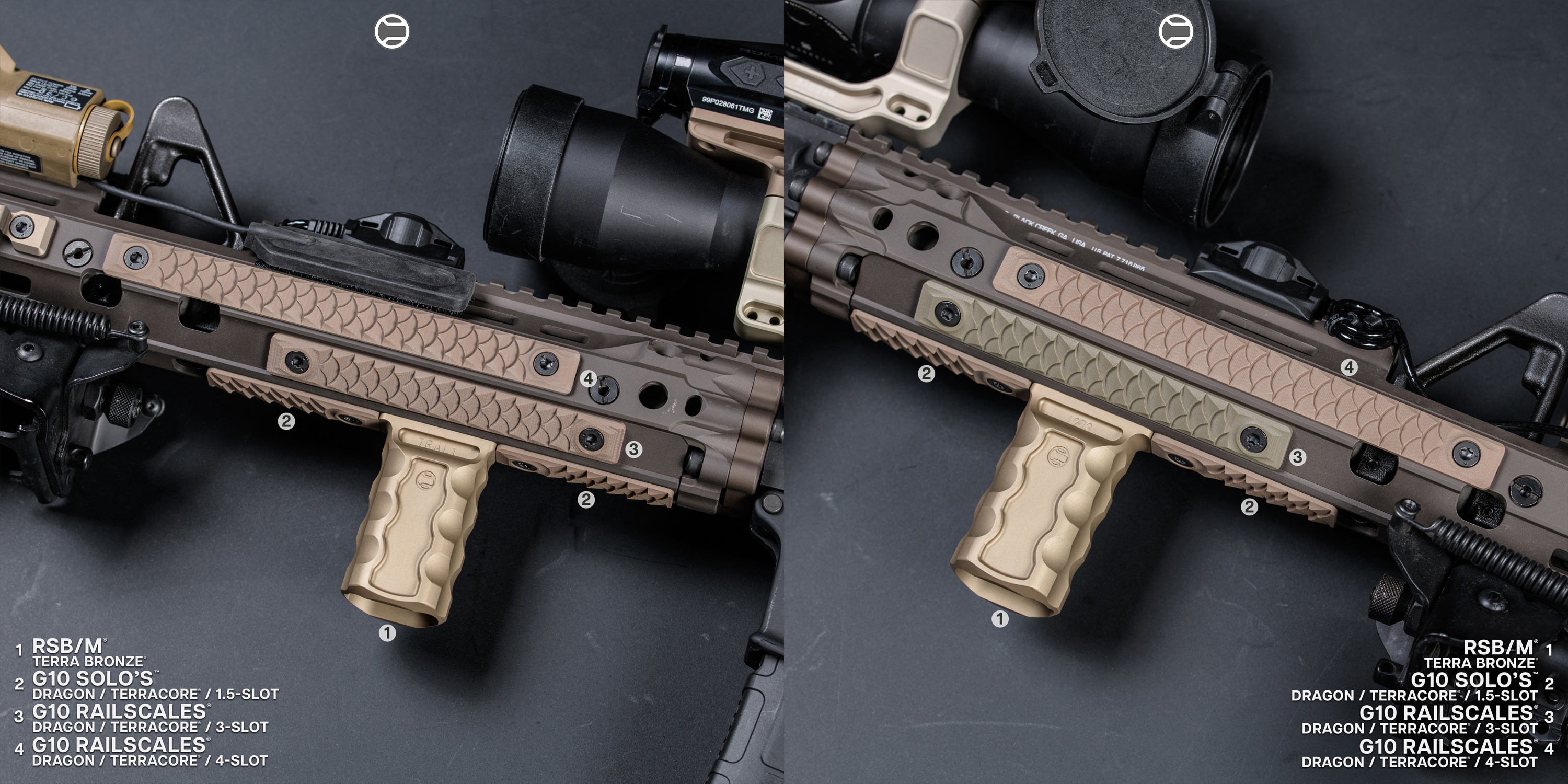
Disclaimer:
This blog content was generated by a human and with the aid of artificial intelligence. It may contain errors or inaccuracies and should not be relied upon as a substitute for professional advice. This content is for SEO/entertainment purposes only and the views expressed in this content does not necessarily reflect the views of RailScales LLC. For more information, please refer to bullet point #13 on our FAQ.
